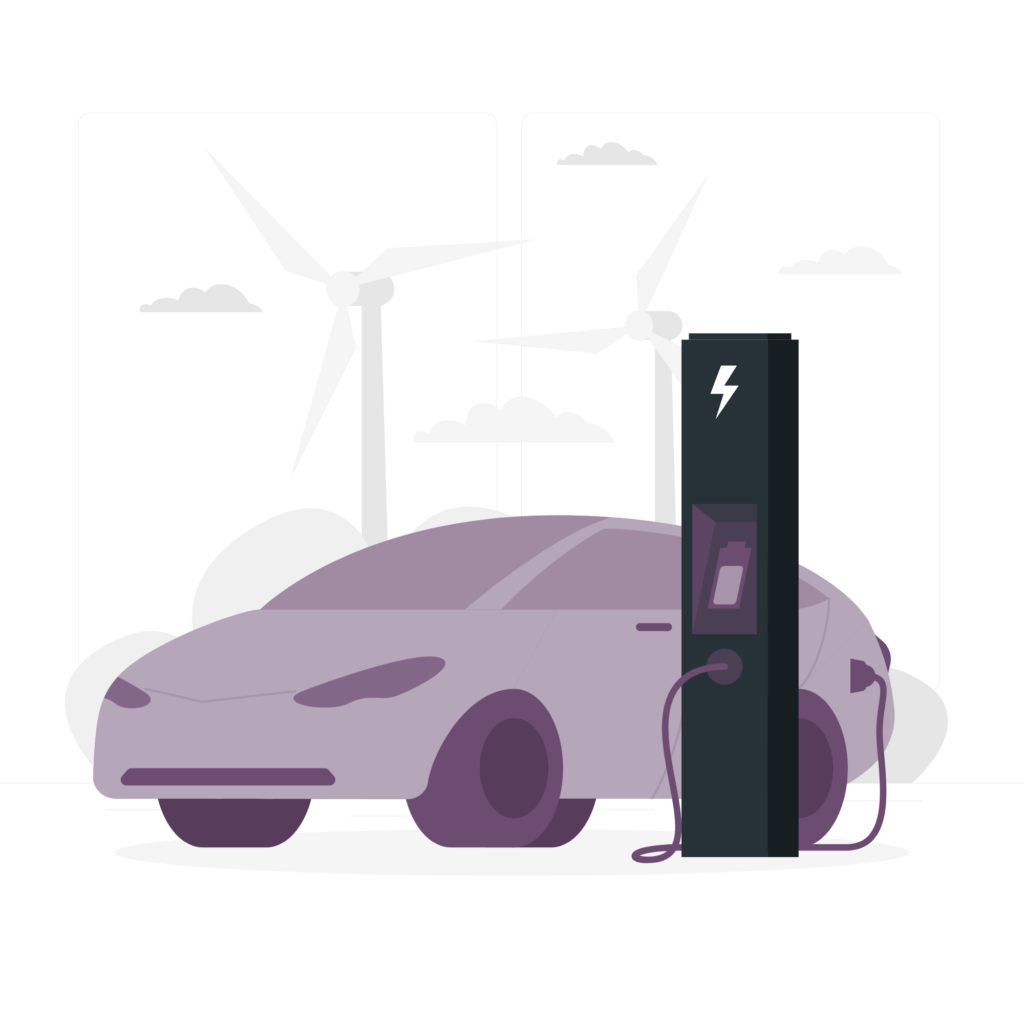For several years now, electric cars have been gradually making inroads into the VTC sector. Between regulatory constraints, customer expectations and brand image, it is now difficult for independent drivers to ignore this choice. But one question has arisen since the gradual decline in environmental bonus Is investing in an electric car really worthwhile for a VTC?
The essentials in a nutshell
No time to read the whole article? Here's a quick summary of the key points:
- The low-emission zones (ZFE) and Crit'Air stickers make electric cars virtually indispensable for continuing to work in major cities.
- Le environmental bonus has been reduced (to a maximum of €4,000), which increases the cost of acquisition for self-employed drivers.
- Despite this, the cost of ownership remains unbeatable: 3 to 4 times cheaper per kilometrewith savings of 2,400 to €3,000 per year on energy alone.
- Maintenance costs are lower (20 to 30 % savings), and brake life is doubled thanks to regenerative braking.
- Electric cars therefore pay for themselves over 3-4 years, especially if you install a private charging point or take advantage of regional grants.
Why the transition to electric vehicles is still essential for VTCs
Profitability is not the only argument: the legal framework is strongly encouraging drivers to switch to electric vehicles.
- Since 1 January 2025, all large conurbations (150,000 inhabitants or more) have introduced a EPZ. In these zones, Crit'Air 3 and older vehicles are restricted. In the short term, only electric or hydrogen-powered vehicles will be allowed to circulate freely.
- The VTC platforms are also speeding up the transition. Some are already imposing a quota of clean vehicles and have announced a target of 50 % electric fleets by 2025.
- Finally, the customers They themselves are increasingly aware of the ecological impact. An electric driver stands out for his responsible image and can attract more business.
If you refuse to make the transition, you run the risk of losing access to city centres, seeing your internal combustion vehicle rapidly lose value and losing part of your customer base.
Profitability: a heavy investment but lasting savings
Higher purchase price and lower environmental bonus
Let's face it: buying an electric vehicle is still more expensive than a combustion-powered equivalent. The reduction in the ecological bonus (€7,000 yesterday, €4,000 today for professionals) complicates the equation. This adds to the initial cost of financing, especially for self-employed drivers who have to manage their cash flow on their own.
Substantial savings in use
But once the car is in service, the savings are quickly felt:
- Energy Recharging an electric vehicle costs around four times less than filling up with petrol. For a VTC travelling 250 km a day, this represents 2,400 to 3,000 € saved each yearup to €12,000 over 4 years.
- Maintenance Less mechanical parts, no oil changes, brakes that last twice as long. The result: 20 to 30 % less costs on maintenance.
- Parking some towns offer free or preferential rates for electric vehicles, which can be a significant advantage.
Overall results
By combining these savings, a driver can offset the initial extra cost by 3 to 4 years. Even with a reduced environmental bonus, the payback is real over time.
The challenges ahead
Autonomy and recharge time
A VTC driver travels an average of 250 km a day. So we need to aim for a model that offers at least 400 km of real range to avoid constraints. Recharging takes longer than a conventional refuelling, but fast charging stations allow you to recover 80 % in around thirty minutes.
Charging infrastructure
Although public charging points are on the increase, they are still unevenly distributed across the country. The ideal solution for a self-employed person is to install a charging point at home or in a private car parkand schedule its recharging at off-peak times to cut costs even further.
What are the strategies for offsetting the reduction in the environmental bonus?
The reduction in national aid does not prevent you from optimising your investment:
- Buying second-hand The ecological bonus is lower (€1,000), but the purchase price is much lower.
- Opting for leasing or long-term hire no capital tied up, fixed monthly payments, often with maintenance included.
- Targeting local aid Some regions and towns still offer grants of between €500 and €6,000, which can sometimes be combined.
- Choosing the right model Some vehicles remain particularly competitive thanks to their range and low running costs, making it possible to quickly recoup the investment.
The driver and customer experience: a differentiating asset
Beyond the figures, electric cars are also changing everyday life.
- For the driver Less noise, smoother driving, less stress, lower heart rate according to some studies.
- For the customer A silent ride, with no vibrations or odours, which enhances the experience and reinforces loyalty.
It's a selling point, but also a factor of comfort and professional longevity.
Conclusion
The reduction in the environmental bonus makes it more expensive for independent VTCs to switch to electric vehicles. But in the medium and long term user savingsregulatory constraints and customer appeal mean that electric power is still the best choice. profitable and essential.
If we wait, we run the risk of ending up with a combustion-powered vehicle that will soon be banned from use in towns and cities and will be at a lower resale value. By investing in electric vehicles today, you can anticipate the future of the profession and protect your profitability.
Glossary
Here are some useful terms to know and understand:
- Ecological bonus This is financial assistance from the State to encourage the purchase or leasing of a new electric or hydrogen vehicle. Since 2024, the maximum amount has been reduced to €4,000 for professionals.
- Conversion premium This aid is granted when an old polluting vehicle (diesel before 2011 or petrol before 2006) is scrapped, and can be combined with the ecological bonus.
- ZFE (Low Emission Zone) : urban zone where access is restricted for the most polluting vehicles, on the basis of Crit'Air stickers.
- Crit'Air A mandatory sticker indicating the vehicle's pollution level. Electric vehicles carry the Crit'Air 0 sticker, giving unlimited access to the EPZs.
- Long-term leasing A vehicle leasing contract for a period of 2 to 5 years, with no purchase option at the end of the contract.
- Leasing / LOA (Location avec Option d'Achat) Lease: a rental contract that allows you to buy the vehicle at the end of the rental period for a price fixed in advance.
- Regenerative braking A system that recovers energy during braking to recharge the battery, reducing wear and tear on the brakes.
- Fast recharge (DC) High-power terminal for recharging 80 % batteries in 30 to 40 minutes.










